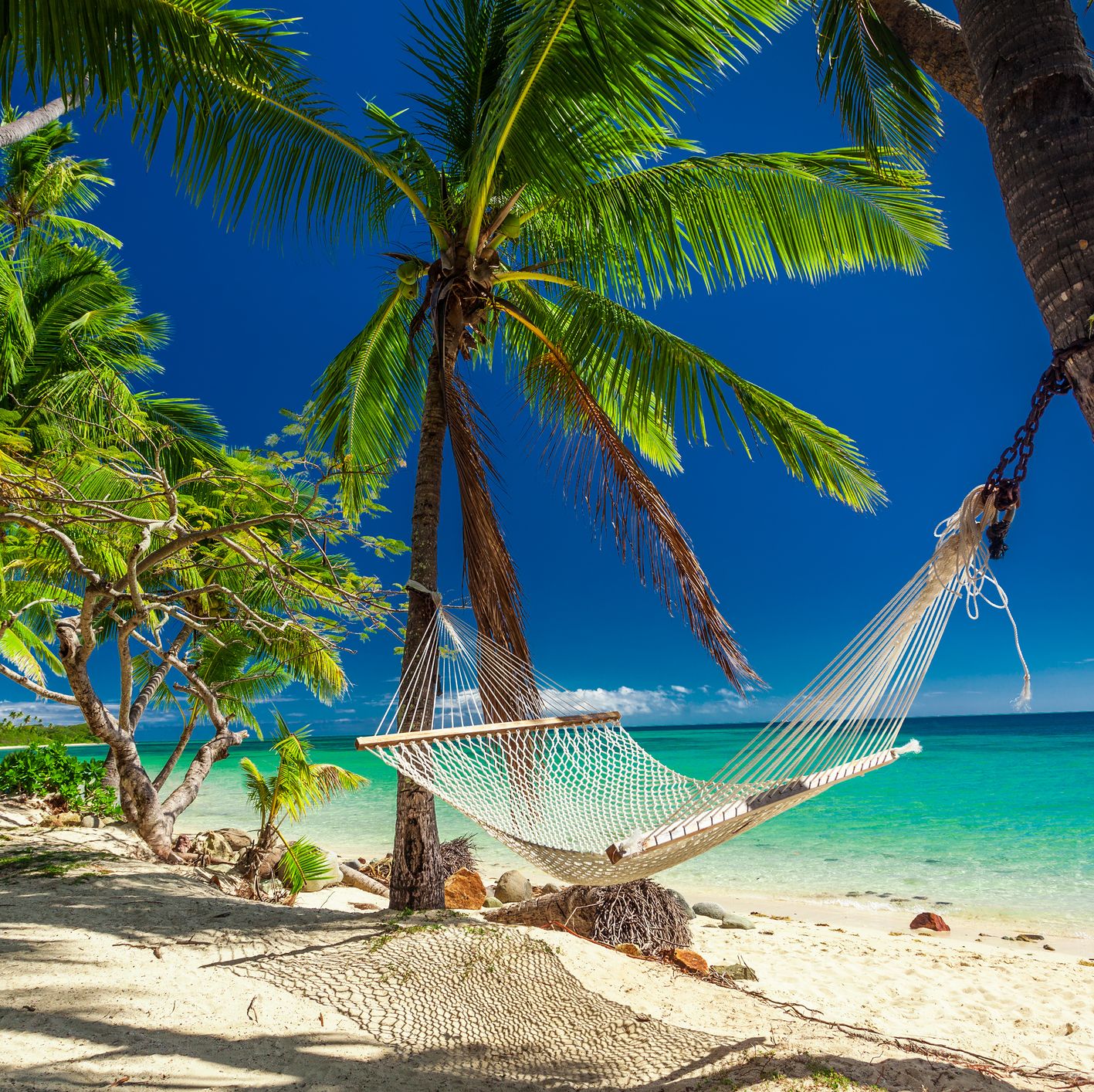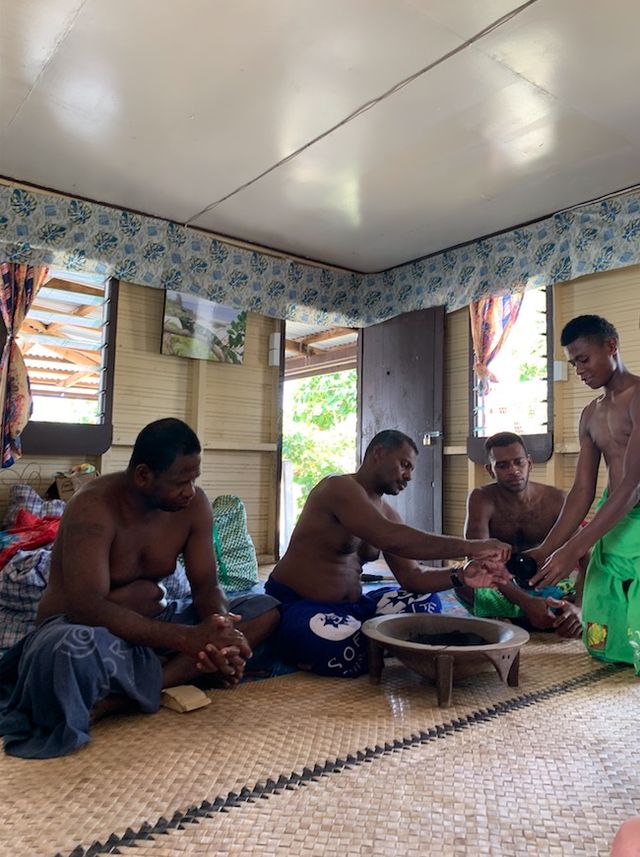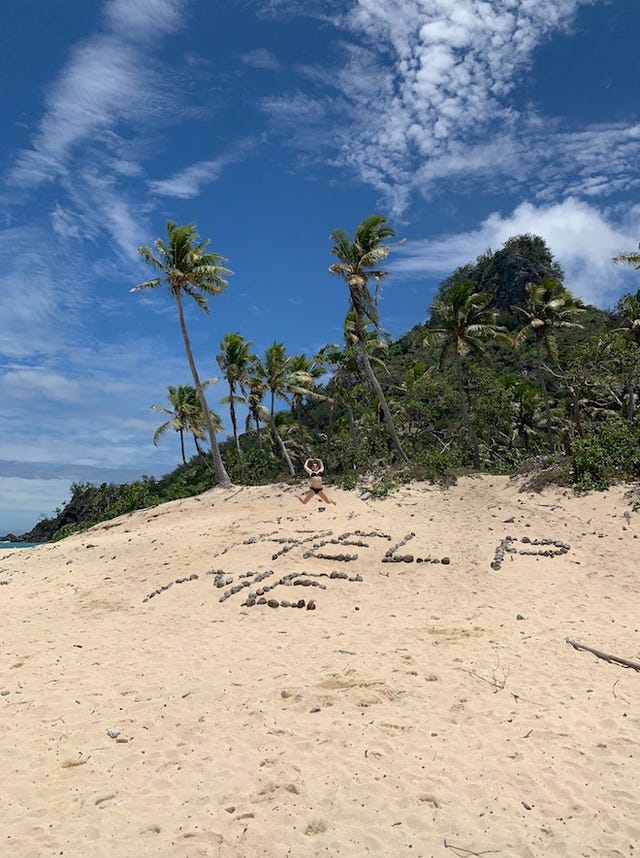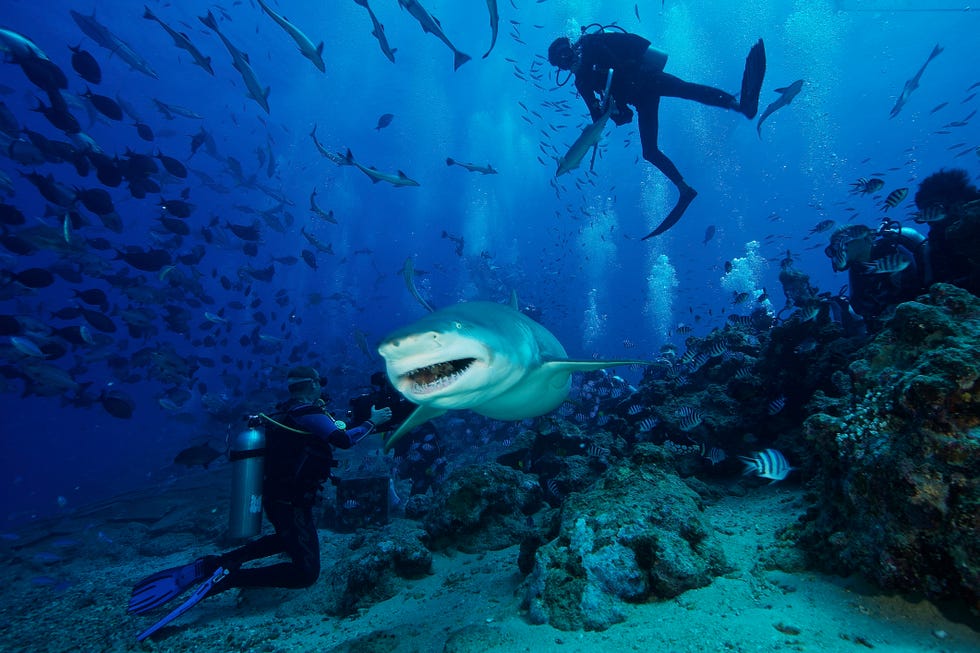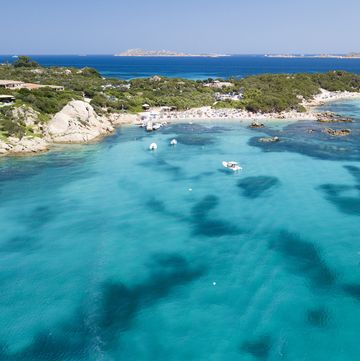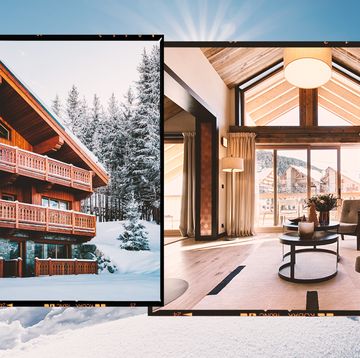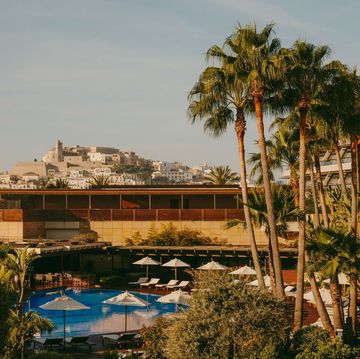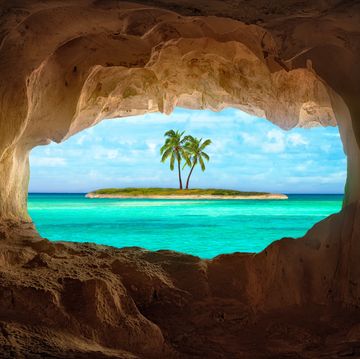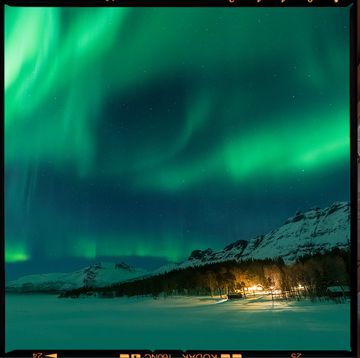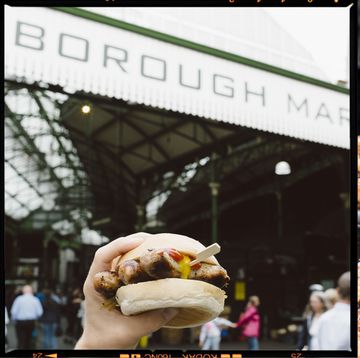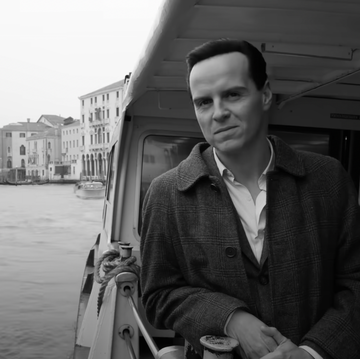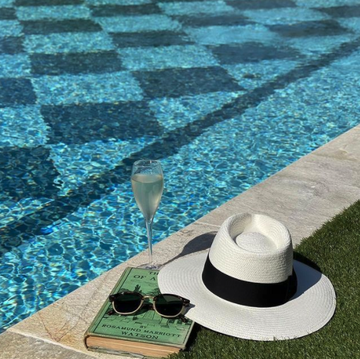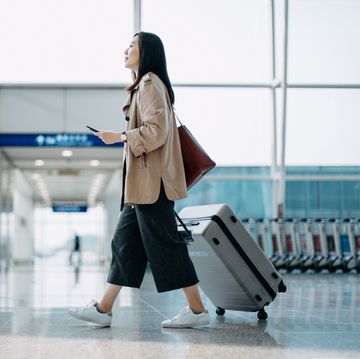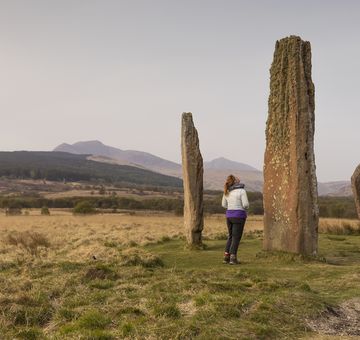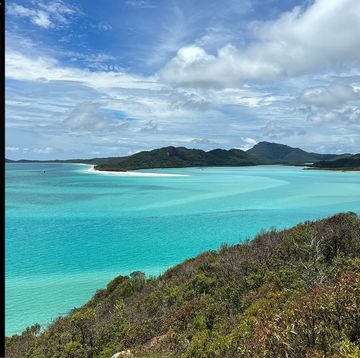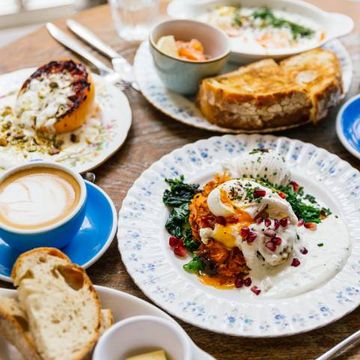When you think of Fiji, you’ll probably think: honeymoon. And you’d be right. White sand? Tick. Turquoise water? Tick. Secluded, palm-tree-dotted islands? Tick, tick, tick, tick. The country boasts some of the best, most luxurious, and highly rated honeymoon resorts in the whole world, but when I ventured to Fiji recently I wasn't going on a honeymoon. I was travelling minus my boyfriend, and minus any kind of ring on any kind of finger, prepped to investigate what the expansive group of islands had to offer aside from just being the ideal backdrop for smug newlywed Instagram posts.
Fiji is a fair distance from the UK. Ok, I’m underplaying it. The South Pacific-based archipelago is over 9,000 miles away, and is probably one of the furthest destinations you could possibly venture to. But its close proximity to Australia and New Zealand means it also appeals to curious young travellers as part of a wider trip. So whether you’re sussing out Fiji as a potential stop-off, or whether you’re after the romantic holiday destination of dreams, I’ll share all my highlights; where you should go, what you should do, and all the useful knowledge you can only really pick up when you're there.
Where to go
Fiji is made up of 333 islands, around half of which are uninhabited. By my calculations, that still leaves approximately 165 islands to choose from as a location in which to stay (you can still visit many of the uninhabited islands on day trips). Which you choose really depends on what you’re after.
For chill time (and luxury): Tokoriki island
If you’ve come to Fiji for a slice of paradise, Tokoriki is where you want to go. The tiny island, less than 20 miles from Nadi airport as the crow flies, houses just two resorts: Sheraton Resort & Spa, and Tokoriki Island Resort. Off-grid is the word. Both five star resorts (I did say luxury) boast the Instagram-approved thatched-roof huts (known as a ‘bure’, in case you were interested) you’ll have seen time and time again. Many have the boundless, awe-inspiring sea views to match, and if you stay in one you might just be thankful for the jet lag, because it means you’ll be awake to watch the sun rise over Tokoriki’s unspoiled shores.
Expect a traditional Fijian welcome to the island - which can be reached either by helicopter (if you’re holidaying like you’re the Wolf of Wall Street), catamaran, or speedboat – with folk music, flower garlands and everything. On Tokoriki, expect the full Fiji experience; you’ll spend your days lounging pool or beachside, piña colada in hand, pausing only for the occasional snorkel or spa treatment. Show me somewhere more idyllic. I'll wait.
For backpacker fun: Mana island or Beachcomber island
The obvious destination for backpackers is one of the Mamanuca islands (as is Tokoriki; the Mamanucas are some of the most developed islands in Fiji and attract the most tourists as a result). Beachcomber island, situated about an hour from the mainland, is such a favourite among backpackers thanks to its dormitory accommodation offering, its array of bars, and its famous beach parties. Oh. and the fact it looks like paradise and you can stay there on a budget. For an alternative, slightly less 'mainstream' option, try Mana island. It's home to a number of hostels, and offers PADI diving courses to keep you occupied in the daytime, plus party ~vibes~ at night.
For exploration: Yasawa islands
The Yasawa islands is a group of about 20 islands to the west of Fiji, and if you're wondering why you should add them to your itinerary, this should convince you: the word ‘Yasawa’ literally translates to the word ‘heaven’ in the Fijian language.
The Yasawa islands contain some of Fiji’s most exciting sights to explore if you don’t want to spend all your time sunbathing on the beach. If you’re short on time, the group of islands can be tricky to get around, which is why we took a cruise (Captain Cook cruises offer a 3 night or a 4 night option). It might not be the obvious young-person choice, but the cruise sure is efficient, and it’s certainly got a case for being a great way to travel in this island-dense part of the world.
The Yasawa islands are crawling with natural reef stops to traverse with a snorkel (or a glass-bottomed boat for anyone who’s not exactly Moana by nature). The region is home to the Blue Lagoon (also known as Nacula Bay) which, you'll realise, couldn’t be more accurate a description when you set eyes on its sparkling azure waters. The cruise facilitates a worthwhile visit to Gunu village, home to just 350 Fijians, where you'll learn more about the country’s unique culture by immersing yourself in their small community with a Kava ceremony (more on that later). You can hike up to the peak of Mount Tamasua, a steep, hour-long ascent that delivers Jurassic Park-esque views of the surrounding islands at the top. Tip: do this at sunrise for a panorama you won't forget. It’s also well worth a trip inside the Sawa-i-Lau caves, one of the most spectacular destinations in the Yasawas. The caverns, draped with limestone walls crafted expertly by Mother Nature, are breathtaking, and if you don’t think too hard about what lies beneath (in reality very little, but it’s dark down there), you can even get in and have a swim.
What to do
Take part in a Kava ceremony
If you’ve come to Fiji to experience the authenticity of the country’s culture, don't miss out on a Kava ceremony. This will be included in most day trips to local islands, as its purpose is to welcome visitors. Fijians take the root of the kava plant, pound it down, run it through water with a cloth and drink the liquid that emerges. It’s a highly social practice led by the (predominantly) male chiefs of a village, and even Prince Harry had a go when he visited the country in October. Some people notice a tingling in their lips when drinking kava, while others might feel a sense of calm or euphoria similar to the effects of alcohol. But after deciding it looked (and tasted) a little too much like muddy water for my liking, I stuck to just the one gulp and I can’t say I noticed either of those effects.
Visit the Cast Away island, Monuriki
Film buffs, assemble. The Tom Hanks film Cast Away was filmed in Fiji’s very own (uninhabitable, but we already knew that from watching the movie) Monuriki island - and you can easily pay it a visit via a day cruise. The kilometre-long island, located in the Mamanucas, might sound like a tourist hell-hole, but it’s refreshingly unspoiled (aside from the words ‘Help Me’ that are amusingly spelled out in stones on the sand, but don’t pretend you weren’t coming here for the photo opportunity). As part of a day cruise, you’ll spend an hour or two basking in Monuriki’s natural beauty; its volcanic landscape and the surrounding sparkling waters that house colourful reefs ideal for snorkelling.
Try out Ecotrax
This unique tourist experience allows visitors to explore the bushland, fields, villages and coast of Fiji’s main island, Vitu Levu – all the while learning about the country’s economic history. Ecotrax is the creation of New Zealander Howie de Vries, who wanted to find a purpose for the defunct tramlines previously used for transporting sugar cane. The sugar cane industry crumbled when cyclones irreparably damaged bridges and tram tracks back in 2009, and the government decided it was not worth the investment to restore it, focussing on tourism as Fiji’s primary industry instead.
For years afterwards, the tram lines were left unused - until Howie invented electric-assisted pushbikes to carry tourists along the tracks (with very little effort required). The route takes you through local villages (high fiving the excitable village kids on the way) to a beach, where you’re met by a local-woman with coconuts and fresh fruit for a short recuperation before the return journey.
Quite frankly, everything about Ecotrax is brilliant. The idea, the innovation, and most importantly the opportunity the business has provided to its two surrounding villages. Women in the nearby communities have been given the opportunity to create micro-businesses thanks to Ecotrax; they’ve been given the tools to grow fruit, and now sell it to the company, which serves it to customers as part of the experience. This eco-system enables the women to make a living in an otherwise low-prospect area. If you're planning on doing Exotrax, book well in advance to avoid disappointment (seriously, it's one of the most popular tourist experiences across Fiji and the owners have been turning away several people a day in recent months.) For close proximity, stay in the nearby Shangri-La Fijian Resort.
Shark diving
Are you brave enough? If shark documentaries just aren’t doing it for you anymore and it’s time to graduate to the real experience, Fiji is the place to do it. But be warned: they don’t seem to mess around with cages, so you’ll need a PADI diving qualification in most places.
The Namena Marine Reserve, sandwiched between Fiji’s main islands, Viti Levu and Vanua Levu, is widely tipped as a great spot to see tiger sharks, grey reefs and hammerheads. That’s accessible from Savusavu island. Alternatively, if you venture to the Yasawa islands, Kuata island provides handy access to the Moyia Reef, where you stand a good chance of seeing Bull sharks. Most resorts will offer information on how to organise a shark diving trip, and you can expect to learn a whole lot more about the importance of conserving the species if you do.
What to know
- Learn the word ‘Bula’. While English is spoken by almost everyone in Fiji, the country’s first language is the native one. The greeting ‘bula’ will be uttered everywhere you go by Fiji’s friendly people, so be prepared to say it back!
- October is a great time to visit Fiji; it’s shortly after the peak season, but you’ve still got a good chance of calm, warm weather. Prices will be more affordable then, too. July and August are known to be busy with families, as Australian and New Zealand school kids are on their winter break. Likewise, December and January sees another spike, when northern hemisphere tourists traipse to the other side of the world in search of some winter sun of their own.
- Bring factor 50 – and use it. No matter what your skin type, you’re in the southern hemisphere when in Fiji, and that means a strong sun. Be sensible and slather the SPF on.
- Alcohol isn’t cheap. It’s roughly three times the price you’d find it in neighbouring Australia or New Zealand. That’s partly because it’s just not really a part of the country’s native culture, but also because the government raised the cost in a bid to discourage people from drinking due to health reasons. You’ll find similar high prices on sweet foods for the same reason.
- Fijian cuisine takes some inspiration from Malaysian cooking, with aromatic spices being a popular flavour. Two things you should try while you’re there: Kokoda (confusingly pronounced ko-kon-da) is a beautifully fresh raw fish dish, where the finely chopped seafood is covered in lemon juice, the acid of which effectively cooks the fish. That's mixed with coconut milk and chilli, and served inside a coconut shell. Also try Lovo, a method of underground cooking where meat, fish and vegetables (often sweet potatoes) are wrapped in banana leaves and slow cooked atop hot coals buried in the ground. The method makes for a distinct smoky taste a little like a barbecue.
You can fly to Fiji (Nadi) via Hong Kong with British Airways for £1183 including taxes/fees/carrier charges, and you can also book hotels via the BA website. Alternatively, BA offers flights via Los Angeles with onward connections on Fiji Airways, with tickets starting from £1165.
For more information about travelling to Fiji, visit the Tourism Fiji website.
